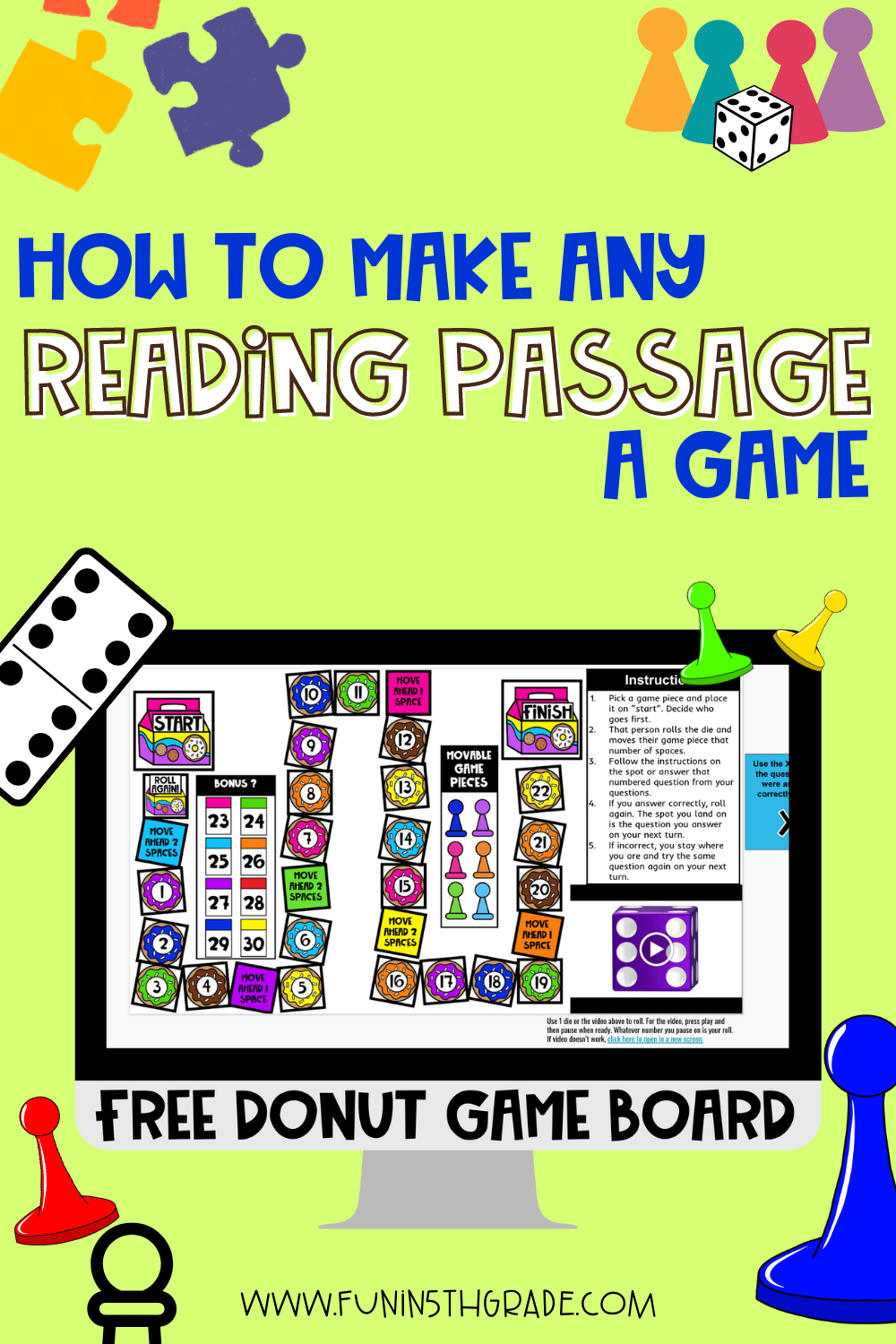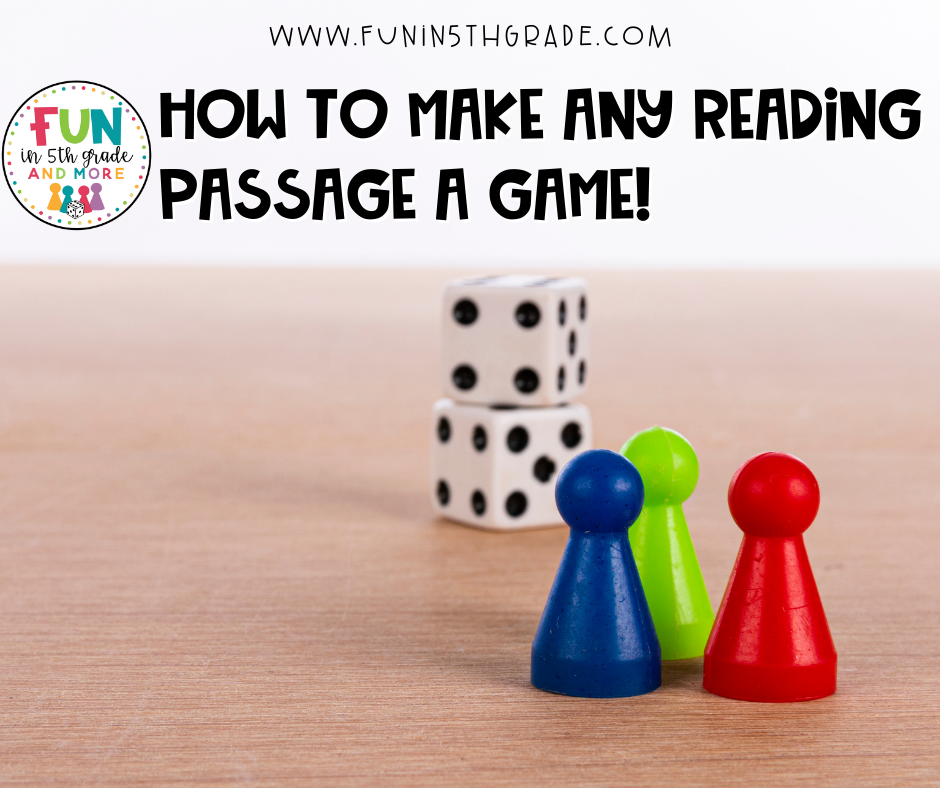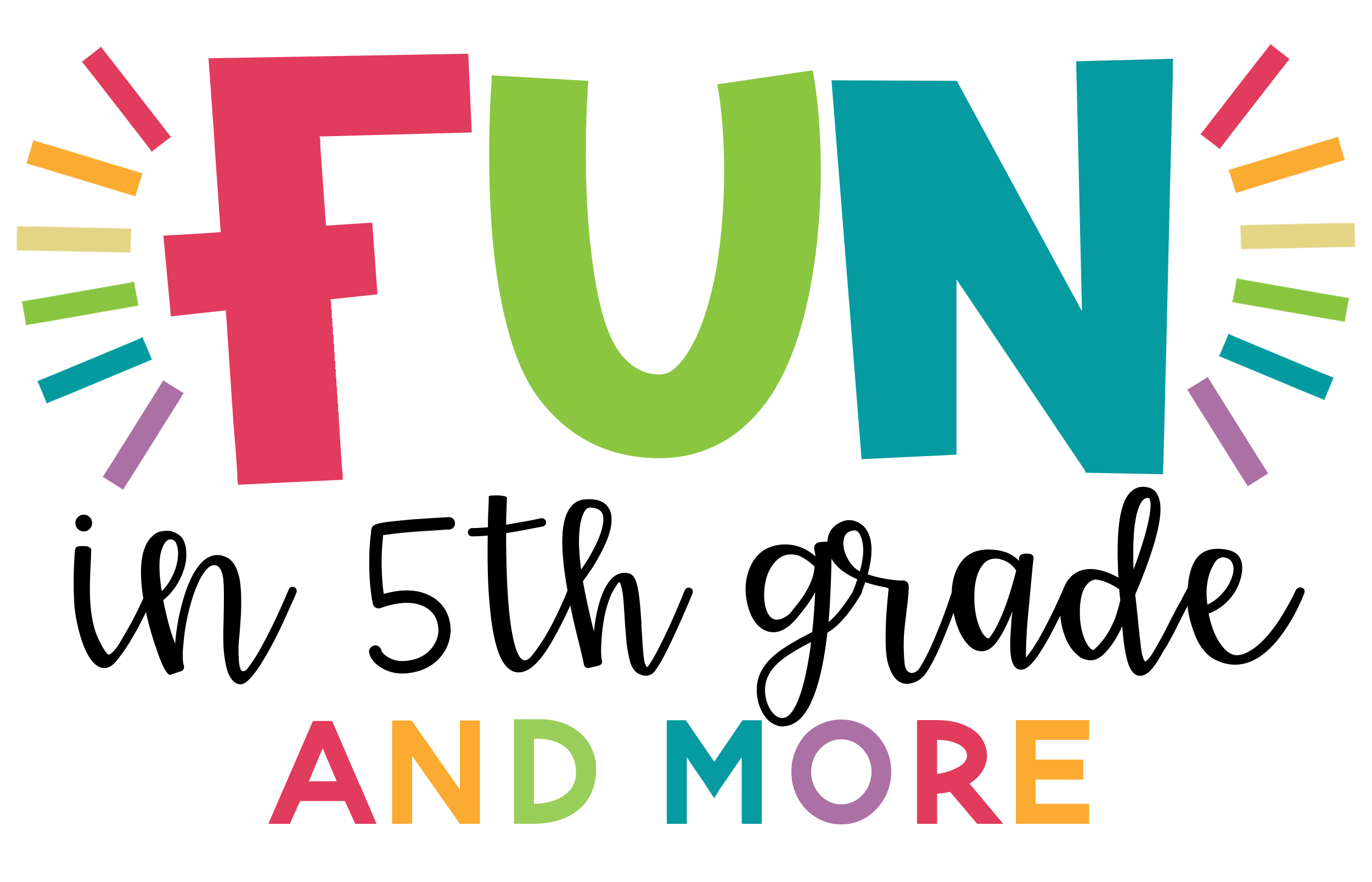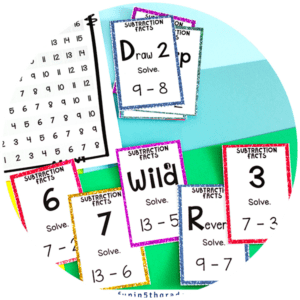If you are looking for more ways to engage your students during reading time, you’ll want to learn how to make any reading passage into a game using this donut-themed game board!
Gamification continues to be a highly engaging and effective way to help students practice skills, and I am constantly looking for more ways to create unique games for students.
I have recently been considering how I might be able to use my Close Reads with Mystery Pictures in a game format. The Close Read passages are themed, differentiated, and have some great questions that get students thinking about their reading more deeply while also practicing standards-based skills, so I figured they have a lot of potential to be used in a game format.
I decided to use the Donut Game Board to quickly gamify these resources. But it doesn’t just work with the close reads. The Donut Game Board can make any reading passage into a game.
Let me show you how!

Make Any Reading Passage into a Game
To begin, you’ll want to decide how much time you want to spend on this game. That will directly affect the length of the passages you choose to work with and how many questions you need to have.
Although you can make any reading passage into a game using the game board, you do want the game to work with your class schedule and time allotments.
Step #1 | Get a Reading Passage & Create Questions
When you are making a reading passage into a game, you want to ensure you are working with a passage that gives students lots of opportunities to practice reading skills and includes questions that you can use for the game.
The reading passages and questions included in my Close Reading with Mystery Picture resources work great for this type of activity. Since we have Close Reading passages available for every month of the year, you’ll be able to use them over and over. (You can also do the Mystery Picture activity at the end… it’s totally up to you!)
You can also create your own questions to go along with any other reading passage, but using the Close Reads saves a lot of time and effort.
Step #2 | Download the Donut Freebie Game
Next, you’ll need the Donut Freebie Game. You can quickly download that below and then come back to see how these two resources work together.
The downloaded donut-themed game board will be projected on the board during the game.
Step #3 | Students Answer the Questions
Depending on your students’ strengths, this activity can be completed individually, in pairs, or in small groups. No matter what you decide, the next step of the activity is for all students to answer all the questions and record their answers.
Step #4 | Group Students (If you haven’t already)
Once students have answered the questions, if they weren’t already working in groups, it is now time to put them into a small group to discuss and play the game.
Step #5 | Play the Game
Important Note: Students should ignore the numbers on the game board and play using the questions.
- To begin, read the first question aloud and give students time to discuss the answer with their group to come to a final “group answer.” Remember to ask them to find text evidence to support their answers.
- Once they have that…they will write it on a group whiteboard and flip it upside down.
- Once all have their group answers, they reveal them.
- Discuss answers and go over the text evidence to support the answer.
Step #6 | Moving Game Pieces and Winning the Game
Any group with a correct answer sends a spokesperson to the front of the room to roll the die and move their game piece.
(Pro-Tip: To save time, give each group their own die and have them roll before coming up and moving their game piece.)
Repeat this process until you’ve used up all the questions or a team makes it to the end. If no one makes it to the end of the game board, then the team in the lead wins.
Ideas for Improving GamePlay
- Give each group a die to roll that will stay with their group. This will help speed up the scoring process.
- Establish rules for text evidence before beginning the game. That way, students will know how much text evidence they need and what will happen if they don’t have any.
- Work through multiple passages as part of the same game. Each Close Read with Mystery Picture resource comes with 3 passages on the same topic. You can play the game with one passage one day, document where teams are, play with the second passage the next day, and then the third passage the day after. Scoring can either start over or be a continuation as you cover the entire Close Reads topic.
- If projecting the game board is not an option, printing a larger version can work just as well.
- Assign a team leader who will be in charge of leading the discussion for each group. Assign a separate person as the dice roller for each group, a third person as the ‘secretary’ who will write the group’s answer down, and a fourth person as the scorekeeper. The fourth person is the only one who is allowed to come to the front of the room and move their marker on the board.
- If you end up using the Close Read with Mystery Pictures, you can use the digital versions and share the passages and questions with students.

This is such a simple, low-prep way to make any reading passage into a game. I absolutely love this method for gamifying my Close Reads, and I love that the game gets students moving around the room and working with others!





